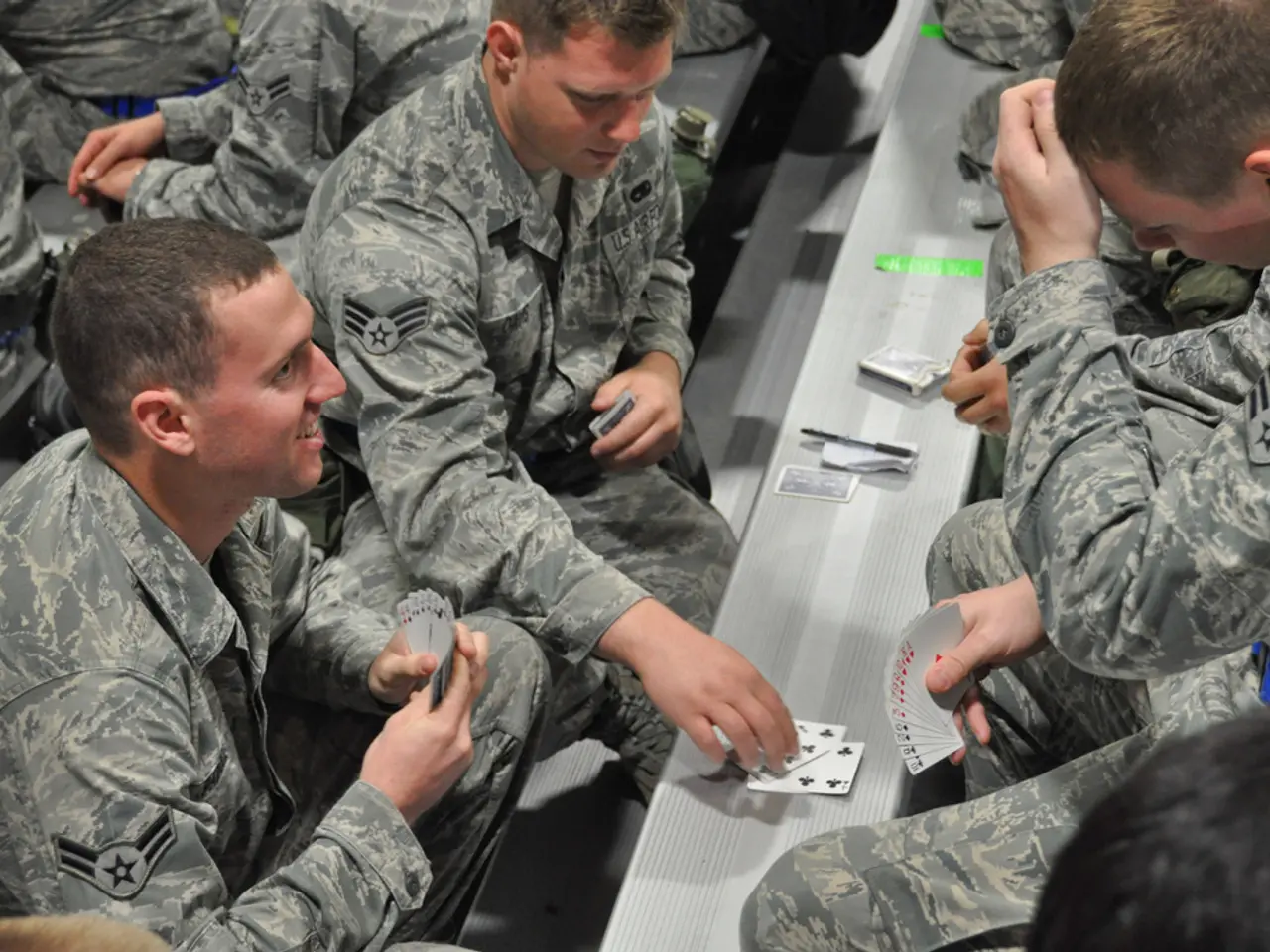Strategies for safeguarding the disadvantaged players in poker:
In the dynamic world of poker, defending the small blind effectively is a crucial skill that requires a blend of strategic play and situational awareness. Here's a guide to help you navigate the small blind position, minimizing losses and maximizing aggression.
## Strategies for Defending the Small Blind
1. **Understanding the Table Dynamics**
Pay close attention to your opponents' tendencies, particularly their raising frequency, especially those in early positions. Identify aggressive players and factor this into your decision-making process.
2. **Position and Player Adjustments**
Be cautious when facing early position raisers, as they typically hold stronger hands. Late position raisers might be playing looser, allowing you to defend more hands. Also, consider the number of players in the hand; if multiple players have called the raise, it's wise to tighten your range to hands that can perform well in multi-way pots.
3. **Adjusting Based on Raise Size**
Small raises may indicate a weaker hand, allowing you to call with a wider range of hands. Conversely, large raises often suggest a stronger hand, so be more selective with your calls.
4. **Stack Size Considerations**
Deep stacks allow for more aggressive play, as there's less risk of quickly losing chips. On the other hand, short stacks should prioritize stronger hands to maximize survival chances.
5. **Aggressive Play**
Use 3-betting to confront frequent raisers, especially in later positions. It can help maintain a strong image and deter future raises. Intermix bluffs with strong hands to keep opponents guessing and enhance your table image.
6. **Folding When Necessary**
Avoid calling with weak hands against aggressive raises, especially if you're out of position.
## Steps for Minimizing Losses
1. **Stay Aware of Table Dynamics**
Consistently monitor table aggression levels and adjust your strategy accordingly.
2. **Maintain a Balanced Range**
Ensure your calls and raises are balanced between strong hands and bluffs to avoid being exploited.
3. **Don't Get Attached**
Be willing to fold if the situation doesn't favor you.
4. **Use Continuation Bets Wisely**
Use continuation bets on favorable boards to extract value but avoid overusing them against observant opponents.
## Steps for Maximizing Aggression
1. **Identify Opportunities**
Look for situations where your opponents are less aggressive or when you can exploit their weaknesses.
2. **Build a Strong Image**
Periodically raise from the small blind to deter future raises and maintain a strong table presence.
3. **Adapt to Opponent Adjustments**
If opponents start respecting your aggression, consider tightening your range to avoid losing chips unnecessarily.
By integrating these strategies and steps into your small blind play, you can effectively balance defense with aggression, minimizing losses while maximizing your potential gains.
In the context of poker strategy, consider playing casino-games such as poker while employing effective defense techniques for the small blind position. To do this, pay attention to table dynamics, including opponent tendencies and raiser positions, and adjust your decisions accordingly. Furthermore, be strategic about when to pursue aggressive play with casino-games like poker, such as 3-betting and bluffing, to maintain a strong table image and maximize aggression.




